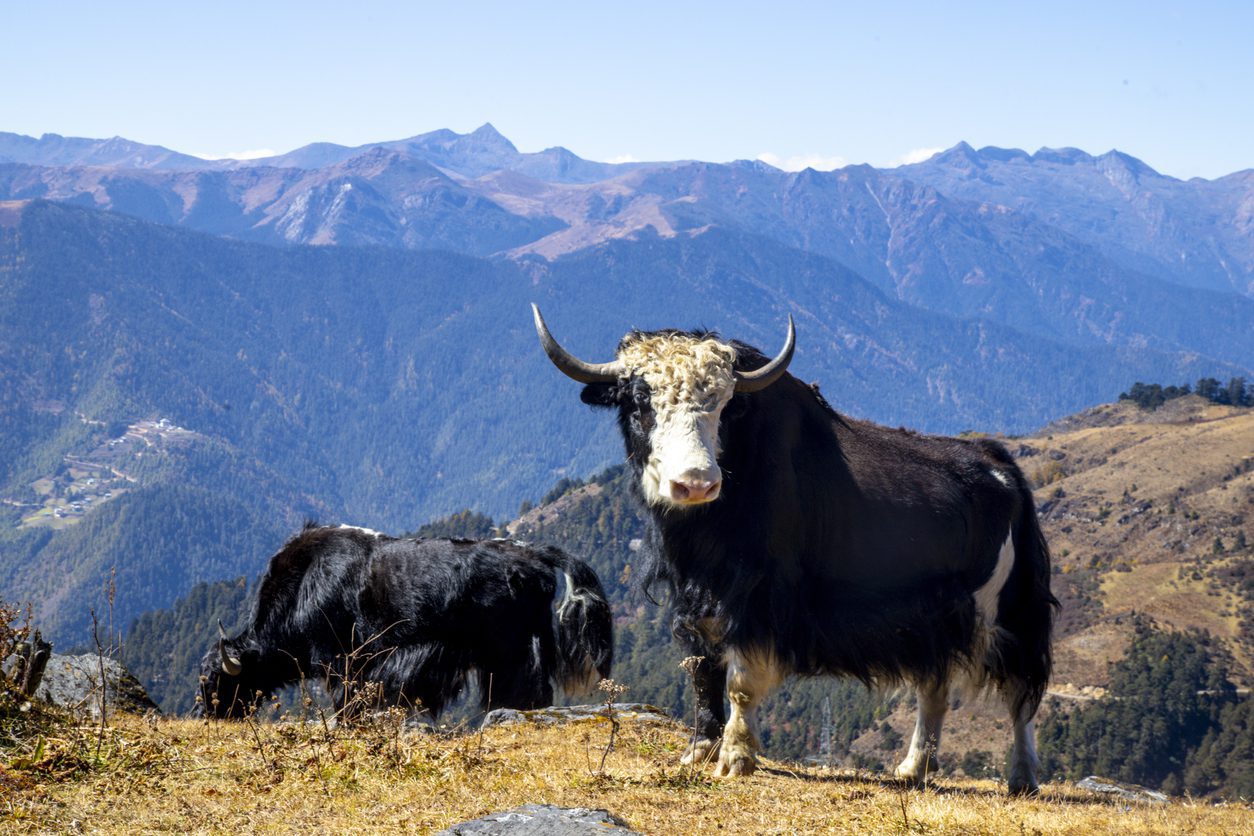According to a study by the University of Michigan, the elites of the Mongol Empire first consumed yaks’ milk during the 13th century based on proteomic evidence.
By analysing proteins found within ancient dental calculus from individuals buried in permafrost, the study provides direct evidence for consumption of milk from multiple ruminants such as Yak, as well as milk and blood proteins linked to horses and ruminants.
Yak products serve as a crucial source of calories and commodities for local consumption and trade in eastern Eurasia’s high-altitude communities. Until now, little evidence has been found regarding the early history of yaks in Mongolia, and it is often uncertain whether yaks were domesticated or not. The sole identifiable archaeological specimen discovered is a yak cranium recovered from the Denjiin Navtan site, which is tentatively dated to the Late Bronze or Early Iron Age.
Due to the limited archaeological and historical records regarding the domesticated yak in Mongolia, the analysis of proteins provides an important opportunity to gain insights into the animal’s early uses and spread.
Novel protein findings have been presented in the study from the Mongol Khorig cemeteries, where elite burials took place on high-altitude ridgelines in the Khovsgol mountains in northern Mongolia. The burials are situated within the permafrost, which has allowed for exceptional preservation of organic materials such as silk, felt, and leather, as well as residues found in ceramic vessels.
“Our most important finding was an elite woman buried with a birchbark hat called a bogtog and silk robes depicting a golden five-clawed dragon. Our proteomic analyses concluded that she drank yak milk during her lifetime,” said Alicia Ventresca-Miller, U-M assistant professor of anthropology. “This helped us verify the long-term use of this iconic animal in the region and its ties to elite rulers.”
Proteins were extracted from the dental calculus of 11 individuals from Khorig where 10 of 11 samples yielded proteins typically found in the oral cavity.
According to the study: “The results suggest that yak milk was likely consumed in Mongolia by ~AD 1270. Given the paucity of existing evidence for yak dairying and, indeed, yak exploitation more broadly in the Mongolian and greater global archaeological record, this finding is significant. We acknowledge that this is a relatively late date for yak milk consumption, which probably occurred in earlier eras but has until now not been identified.”
https://doi.org/10.1038/s42003-023-04723-3
Header Image Credit : iStock





